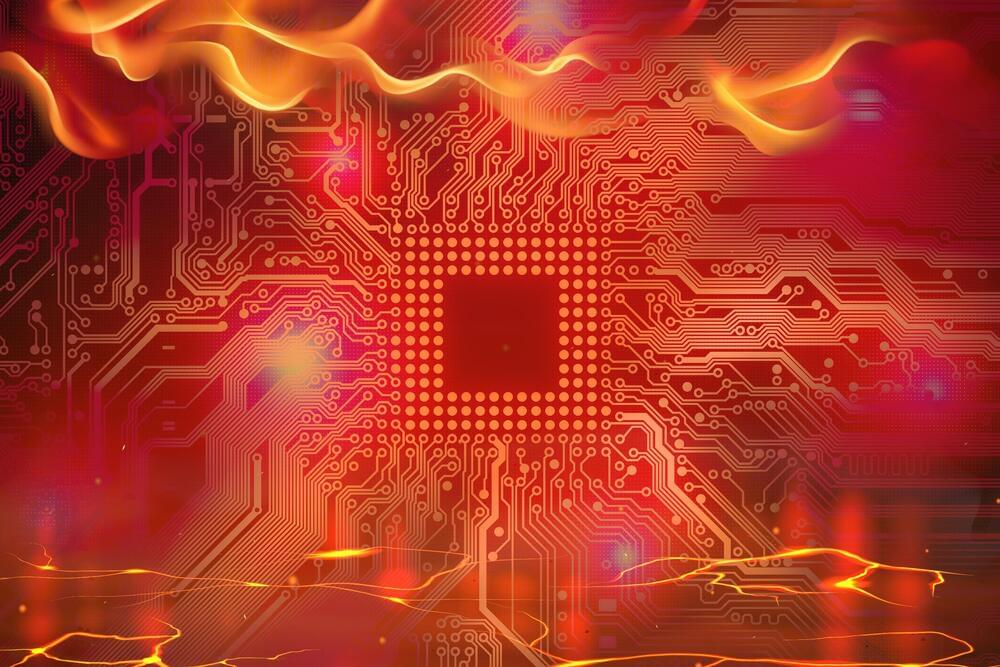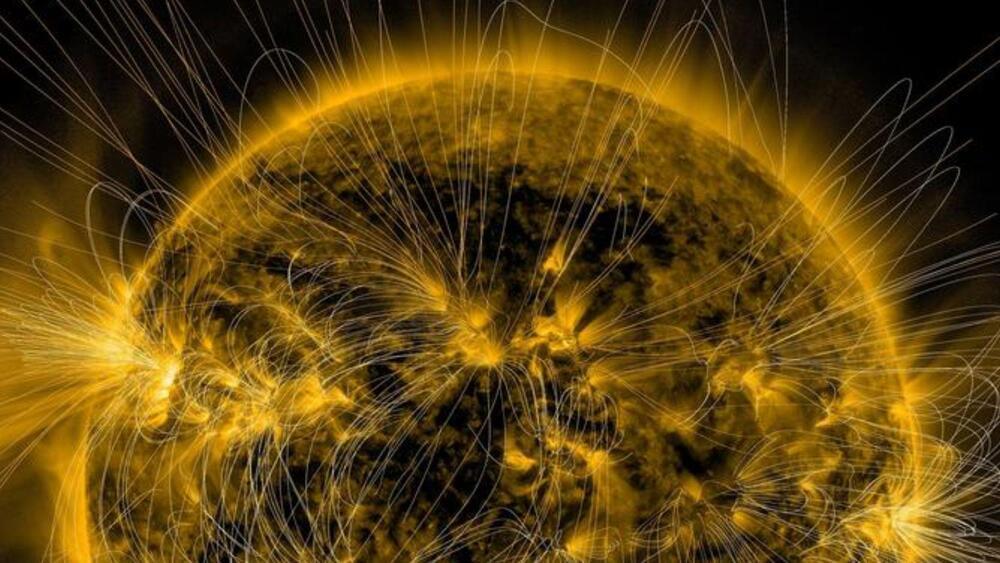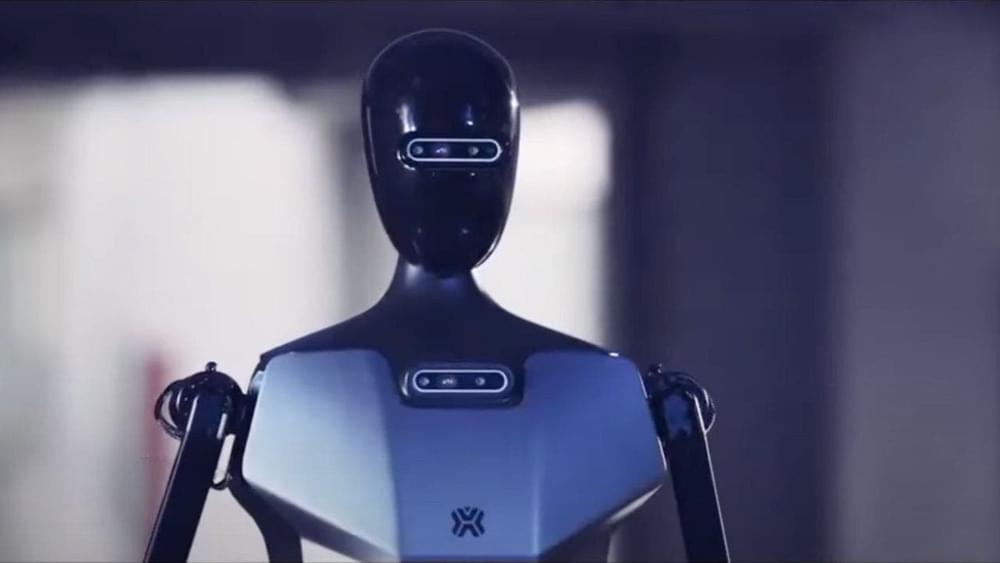SpaceX has made significant advancements in the development and testing of the Starship rocket, with successful modifications, testing, and potential future launches without a license, as well as progress in the Falcon 9 rocket and challenges faced by ULA’s Vulcan Centaur Questions to inspire discussion What updates ha.
Get the latest international news and world events from around the world.



Science has an AI problem: Research group says they can fix it
I found this on NewsBreak:#Publichealth #Computerscience #AI
AI holds the potential to help doctors find early markers of disease and policymakers to avoid decisions that lead to war. But a growing body of evidence has revealed deep flaws in how machine learning is used in science, a problem that has swept through dozens of fields and implicated thousands of erroneous papers.




Butterfly effect
In chaos theory, the butterfly effect is the sensitive dependence on initial conditions in which a small change in one state of a deterministic nonlinear system can result in large differences in a later state.
Ian Barbour — Why is Emergence Significant?
Watch more videos on complexity and emergence: https://shorturl.at/QLrfUEmergence is how the world works differently at various levels or hierarchies of orga…